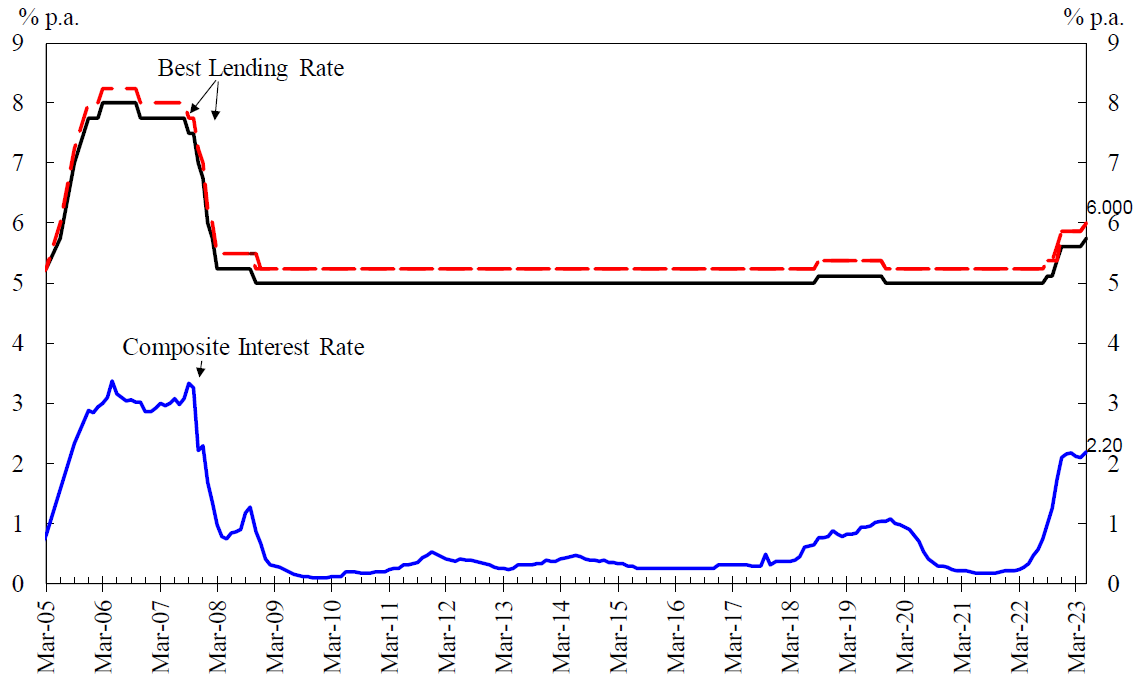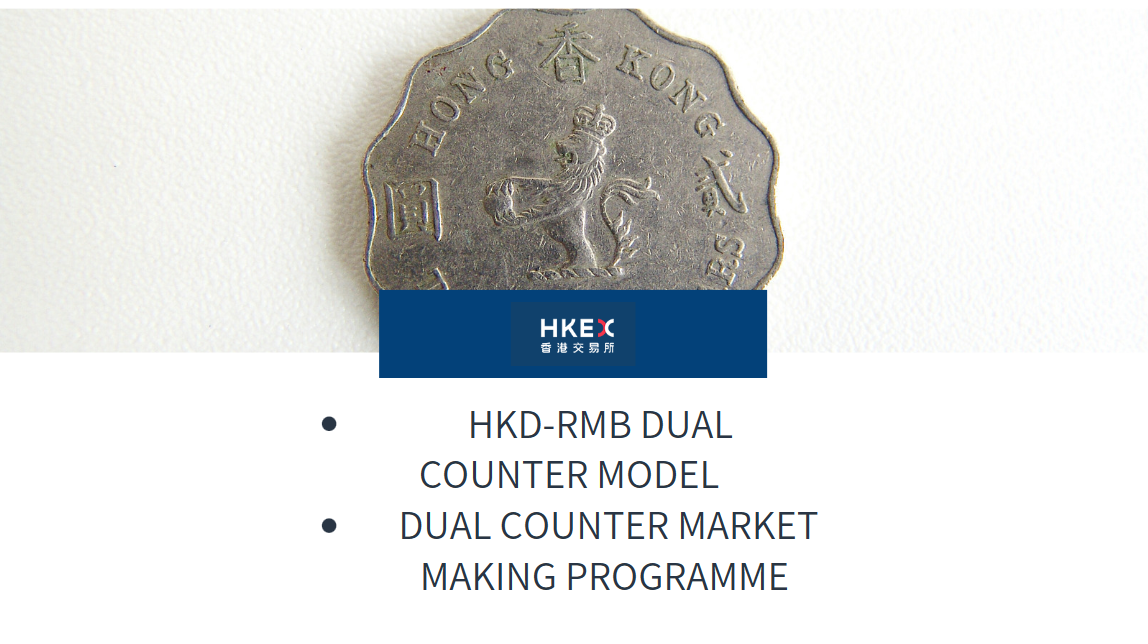Taiwan Establishes Carbon Exchange in Push for Emissions Reduction
The Taiwan government has announced plans to launch a carbon exchange in July at the earliest as it looks to make good on its pledge to achieve net‑zero emission status by 2050. This is seen as essential if it is to ensure that its key export sectors – including semiconductors, heavy machinery, iron and steel, petrochemicals and bicycles – maintain their sizeable market share in the US and Europe, jurisdictions where strict adherence to environmental regulations and low‑emission standards are now mandatory.
Under the terms of the Climate Change Response Act, which came into force on 15 February this year, Taiwan will start to collect carbon fees from local businesses from the second half of 2024. According to Taiwan’s Environmental Protection Administration (EPA), this fee will be payable by more than 500 manufacturers.
With carbon auditing considered essential for the determination of these fees, the EPA has announced the list of industries set to be assessed. Among the sectors designated as initial priorities are power generation, iron and steel, petroleum refining, cement, semiconductors, and thin‑film‑transistor liquid‑crystal display (TFT LCD). Any business deemed to be a large emitter – one producing a level of greenhouse gas (GHG) emissions in excess of 25,000 carbon dioxide equivalent tonnes (CO2e) a year – will also be included in the first tranche of inspections.
Given the widespread support for carbon pricing, the imposition of emissions fees is expected to become the global norm, a development that will inevitably have serious consequences for many businesses. This has seen carbon credits emerge as a key means for emitters to mitigate any environmentally damaging aspects of their commercial activities, a move that has, in turn, led Taiwan to establish its proprietary carbon exchange.
Back in 1997, the Kyoto Protocol established carbon credit trading as a way for businesses to earn “the right to emit at a particular level, with any enterprise exceeding that level having to purchase carbon credits in order to offset any potential environmental damage. Enterprises with excess credits – those operating below the specified emission level – are then free to profitably trade their credits on the exchange.
More than 30 carbon exchanges are active in various parts of the world. Among the most high‑profile are Singapore’s AirCarbon Exchange (ACX), Switzerland’s Toucan Protocol, the London‑based Carbon Trade Exchange (CTX) and San Francisco’s Xpansiv.
Taiwan’s carbon exchange is to be jointly funded and managed by the Taiwan Stock Exchange and the National Development Fund. With the required registration process expected to be completed over the summer, the EPA will then be free to commence work on the trading platform and fine‑tune its emissions trading system. Initially, trading will centre on foreign carbon credits in order to help Taiwanese manufacturers familiarise themselves with international norms. The trading of local Taiwan credits will begin in 2024, assuming all the secondary legislation required by the Climate Change Response Act has been enacted.
This will be a timely development given that the trial period for the EU’s Carbon Border Adjustment Mechanism (CBAM) will begin in October this year, with full implementation expected in 2026, a move that could prove a real challenge for many Taiwanese manufacturers. To counter this, the territory’s government has helped local businesses meet the required emissions reporting requirements by strengthening its carbon audit resources and carbon content calculation procedures. It has also promoted the low‑carbon supply chain by encouraging large enterprises to take leading roles as examples of best practice for small and medium‑sized enterprises. At the same time, it has continued to negotiate with the EU to ensure its carbon‑offset programme is in compliance with the relevant CBAM requirements.
Unsurprisingly Taiwan’s move to establish its carbon exchange has been welcomed by many local businesses as they look to ensure they are meeting global GHG reduction targets and paying any required carbon border adjustment taxes. It has also become apparent that many of the Taiwanese manufacturers that have amassed carbon credits have found particular favour among investors and speculators.
Among the businesses scoring high by this particular metric are Taiwan Semiconductor Manufacturing Company, Taiwan Cement, China Steel and Formosa Plastics, all of which have amassed carbon credits through their extensive tree‑planting initiatives in recent years. A number of other industries, including papermaking, hydro and wind‑power generation, new‑energy vehicles and solar energy, have also proved to be successful, with their efforts increasingly being recognised by investors.
In more specific terms, among the Taiwanese paper manufacturers set to benefit is Cheng Loong, the first of the territory’s companies approved to sell CO2 emissions internationally, which is said to have 79,000 tonnes of carbon credits available to trade. Similarly successful is the Chung Hwa Pulp Corp, part of the Yuen Feng Yu Group, which has developed a carbon capture supply chain that extends from tree planting to papermaking. Having planted 30,000 hectares of trees across Taiwan, the company is now said to have vast carbon offset resources.





















































First, please LoginComment After ~